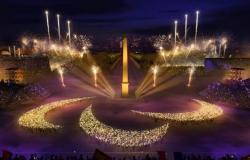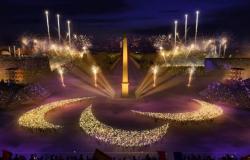
First the medicine ball, followed by darts, archery, and then wheelchair basketball. This is the path, not at all simple, that led the neurologist Ludwig Guttmann to introduce sport as a fundamental part of a rehabilitation program for patients with spinal injuries. A path that led him in 1948 to organize the first edition of the Stoke Mandeville Games with less than 20 wheelchair athletes, including 4 women, today considered the primordial Paralympic Games known throughout the world. In 1952 the second edition followed, which took on an international character, as Dutch war veterans also participated.
Ludwig Guttman was born on 3 July 1988 in Tost, Poland and died on 18 March 1980 in Aylesbury, UK. He was the eldest of four children in an Orthodox Jewish family, born to father Bernhard Guttmann (a bar owner) and mother Dorothea (a farmer’s daughter). He began his medical studies in Breslau, Poland, then moved on to Würzburg, Germany and finally to Freiburg, Germany, where he graduated in 1924 with a specialization in neurology, becoming over the years one of the most famous German surgeons who operated on the brain.
The purely sporting value of his work was evident during the 1948 London Olympics. It was on that occasion that the doctor understood that sporting activity for people with disabilities could be not only part of a therapy, but also part of life itself. In this way, he would help patients recover self-esteem and self-confidence, also restoring their dignity and social inclusion. Guttmann’s work inspired the interest of an Italian colleague, Antonio Maglio, who convinced him to organize an edition of the Games in Rome, a few days after the 17th edition of the Olympic Games. Thanks to the synergy of the two doctors, in 1960 the first Paralympics in history took place in Rome (recognized as such in 1984 by the International Olympic Committee): with the participation of approximately 400 athletes from 23 different nations. At the time, the name of the event was the International Paraplegic Games, since Maglio’s studies – which were told in a film entitled “A muso duro” – had focused on people with paraplegia.
Reproduction reserved © Copyright ANSA





